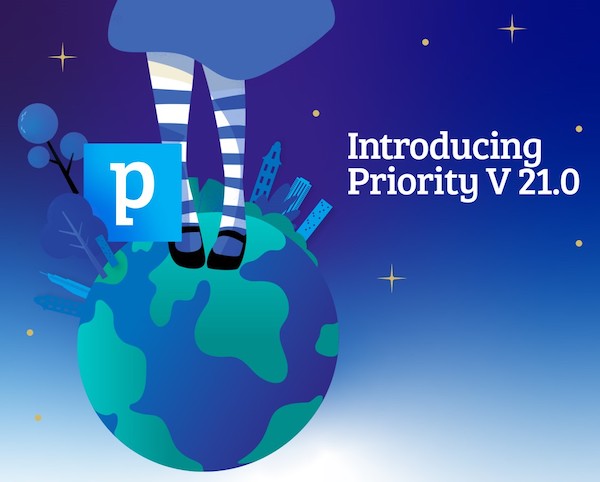By now, most of the professional world know digital transformation is far more than a buzzword. This wave of change is significantly and swiftly altering the professional landscape for almost every industry, as well as every job function and/or business process within. Even just a few years ago, keeping an organization’s enterprise resource planning (ERP) software up and running was a monumental, full-time task, but giant leaps forward in ERP technology have brought about enormous changes.

For the Office of Finance, it is hard to overstate the impact of these shifts. Countless, time-consuming tasks in accounting, forecasting, budgeting, planning, and more, have become streamlined with the help of automation software, artificial intelligence, and machine learning, freeing teams from the day-to-day minutiae to more strategic and meaningful roles that impact the growth and innovation of their business.
And, as the saying goes, “the best is yet to come”. According to Deloitte, by the year 2025, periodic reporting will be ancient history and real-time predictive forecasting will be the new normal. The continued growth of an already robust collection of cloud ERP solutions and related microservices will make that possible. As ERP undergoes a digital transformation of it’s own, several new technologies stand out as real game-changers for the future of the Office of Finance:
Artificial Intelligence and Machine Learning
Together, machine learning and artificial intelligence have unlimited potential to make any organization’s Office of Finance more efficient and effective. Machine learning has the power to transform the Office of Finance by automating routine tasks, augmenting human decision-making, and accurately predicting outcomes.
But AI can do more than just automate, it can unearth insights that would be near imperceivable through traditional human oversight. Machine learning algorithms can parse vast stores of data far quicker and with a greater level of accuracy than was previously possible. According to research data from MindBridge, “when AI analysis is applied, it is up to 900 times more likely to identify errors in data.” Whether it’s an accounting mistake, unusual transaction activity or an issue with logistics, spotting anomalies early can help to greatly reduce risk, and save considerable amounts of both bandwidth and capital.
By 2022, Gartner expects AI to be a mainstream capability in cloud core financial management solutions and 27 percent of finance departments will deploy some kind of artificial intelligence or machine learning solution in the same time frame. Machines love routine tasks and the world of FP&A has no shortage of them.
Natural Language Processing
Computer scientists have been working for decades on the challenge of getting machines to understand and respond to natural human language. Two primary approaches have emerged: either building from the ground up (cache model) or retrofitting a product with natural language capability.
When paired with solid AI capabilities, natural language processing (NLP) has the potential to humanize the user experience in significant ways. For example, users could issue an NLP request to generate a one-off report and have it delivered by email to a specified list of recipients. The practical application of NLP will allow for almost instantaneous access to valuable data, giving finance professionals more time to focus on strategic decision-making.
Virtual Assistants
According to Polaris Market Research, the virtual assistant market is expected to reach $21.5 million by 2026. And with Alexa, Watson and, of course, Siri assisting our every move in our personal lives, it is no wonder the Office of Finance is looking for opportunities to use this same technology to streamline and accelerate processes on the professional side.
If Alexa can tell you this weekend’s weather, why shouldn’t a virtual financial analyst be able to forecast next week’s market or keep track of ongoing tasks among finance team members or translate your dashboards (sparing you and your team hours of digging through spreadsheets to find the right data) and powering insights so you can focus on what’s most important; analyzing the data and offering strategic value to your teams and business. The data is there, and virtual financial assistants will make it easier to access and act on it (quickly!).
So, what’s next? With the rate of digital transformation, the answer to that question is changing every day. Advancements like artificial intelligence, machine learning, virtual assistants, and NLP technologies will be crucial in helping to democratize technology and free up the bandwidth of ERP operators, allowing them to dive deeper into the data to foster even greater insights.
At Prophix we are always looking for that next great innovation to give mid-market FP&A corporations the edge they need. Whether it is through new technologies or domain knowledge, Prophix’s overriding innovation is that it has extended the reach of mid-market FP&A professionals with technology that was once only available to much larger enterprises.







